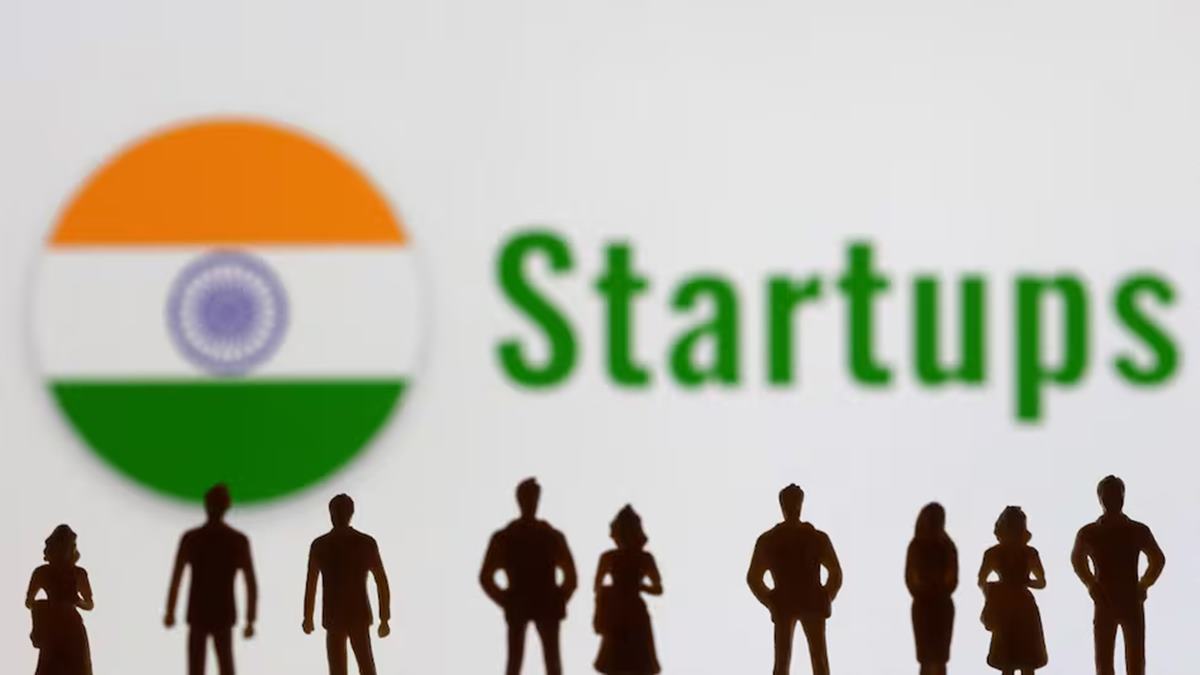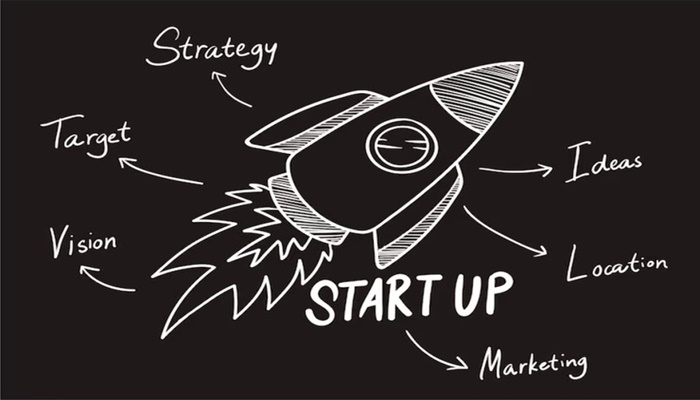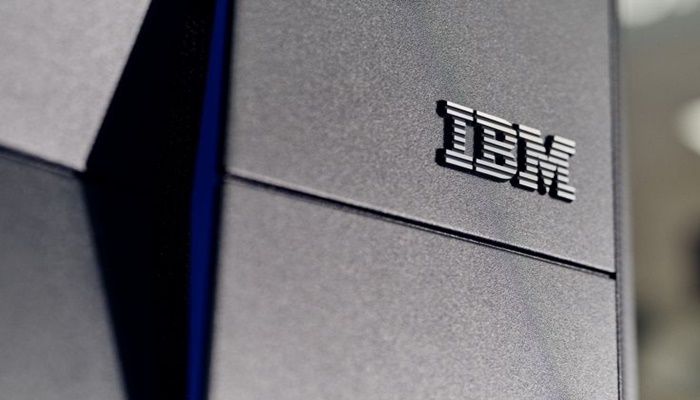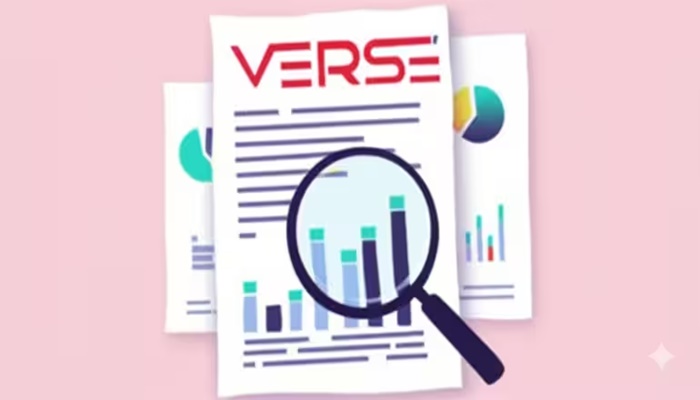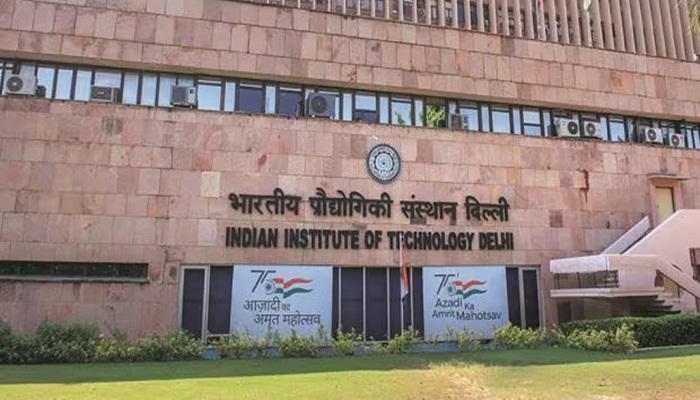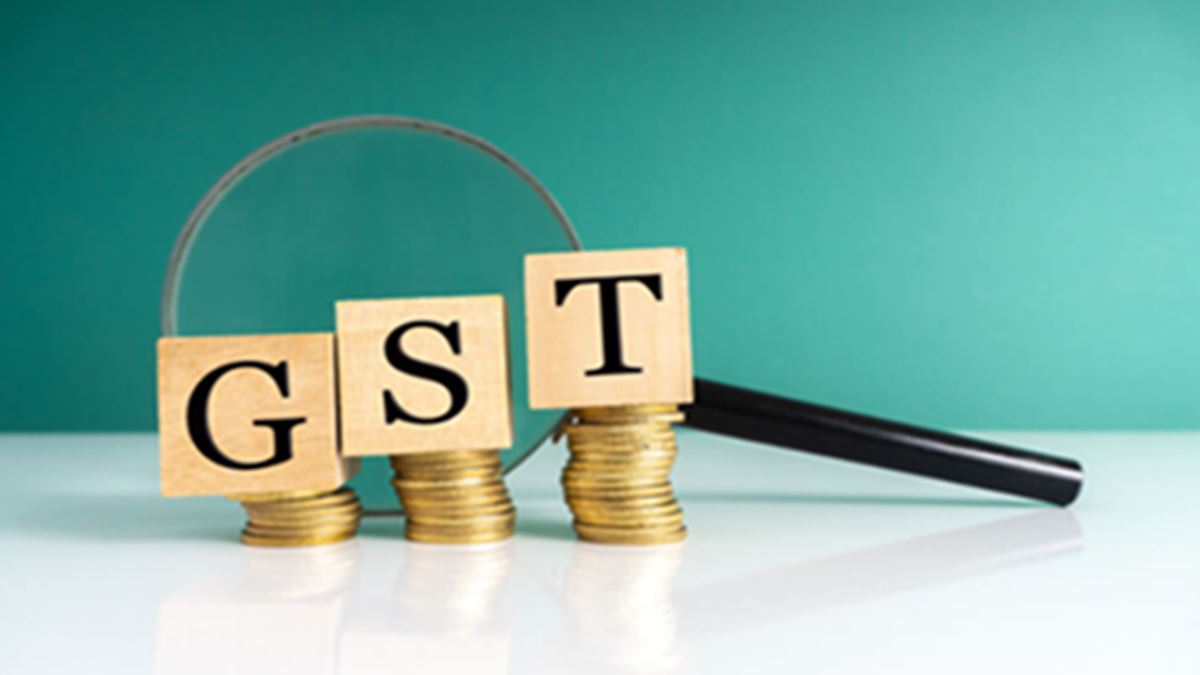ndia’s indirect tax system, often described as both transformative and cumbersome, is on the brink of its most radical reset since the Goods and Services Tax (GST) replaced a patchwork of levies in 2017.
On 18 August 2025, Reuters revealed that the Union Government has circulated a draft blueprint proposing a sharp simplification: the existing four rates of 5 %, 12 %, 18 % and 28 % would collapse into two principal slabs—5 % for essentials and 18 % for most goods and services. A new 40 % rate would be reserved for luxury and so-called “sin goods”, such as tobacco, pan masala, online gaming and high-end SUVs.
This is not just technocratic tinkering. It is a structural rethink that could reset business strategy, consumer behaviour, and even the way HR departments design employee benefits.
For years, industry bodies have complained that multiple GST slabs confuse both consumers and businesses.
The reform, according to Times of India (15 August 2025), would move 99 % of products in the 12 % bracket into the 5 % slab, while around 90 % of items in the 28 % bracket would drop to 18 %.
This rationalisation is expected to make compliance easier, shrink disputes over input tax credits, and reduce litigation. As media reports observed, correcting “inverted duty structures” in sectors such as textiles and fertilisers—where input taxes often exceed output taxes—will be a crucial element of the redesign.
What HR Leaders Should Pay Attention To
One of the most employee-facing aspects of the reform is the proposed tax cut on health and life insurance. Reuters reported that premiums, currently taxed at 18 %, could fall to 5 % or even be exempt. This would immediately lower costs for households and boost the affordability of corporate health schemes.
For HR leaders, this shift matters on multiple fronts. Firstly, it allows companies to offer richer benefits at lower cost, improving total rewards packages without inflating compensation budgets. Secondly, it strengthens retention strategies by addressing one of employees’ biggest concerns: healthcare security. And finally, for SMEs and startups—often hesitant to add group insurance due to expense—the reform could open the door to more inclusive policies.
There’s also an indirect benefit. By reducing GST on everyday goods, employees’ disposable income rises. HR professionals may need to recalibrate cost-to-company models as in-hand salaries stretch further, subtly changing expectations of pay and perks.
At the leadership level, GST reforms are not just about accounting—they’re about competitive positioning. Companies must reassess their pricing models as goods migrate into lower slabs. Passing on savings to consumers could ignite demand, but firms must balance this with pressure on margins.
The 40 % Sin Slab: A Political and Economic Signal
The most controversial element of the proposal is the 40 % slab. Fortune India (16 August 2025) reported that this would likely apply to just five to seven categories, but the symbolic weight is significant. By targeting tobacco, pan masala, luxury vehicles and online gaming, the government signals both a public health agenda and a political calculation—taxing indulgence to fund affordability elsewhere.
For industries caught in this bracket, however, the move is seismic. Tobacco companies and online gaming platforms will face a choice: absorb some of the hit or risk a steep drop in consumption. Luxury carmakers, already operating in a niche market, may find the consumer pool shrinking further.
One lingering issue is how states will react. GST is a shared tax, and while the Centre has argued that lower rates will be offset by greater consumption, states worry about short-term revenue loss. Times of India reported that the Centre has reassured states they will remain equal stakeholders in decision-making, but fiscal politics could complicate consensus at the GST Council.
The draft has already been reviewed by the Group of Ministers on Rate Rationalisation and will be debated at the Council’s meeting on 20–21 August 2025, as confirmed by India Today. If cleared, the rollout could begin by Diwali.
